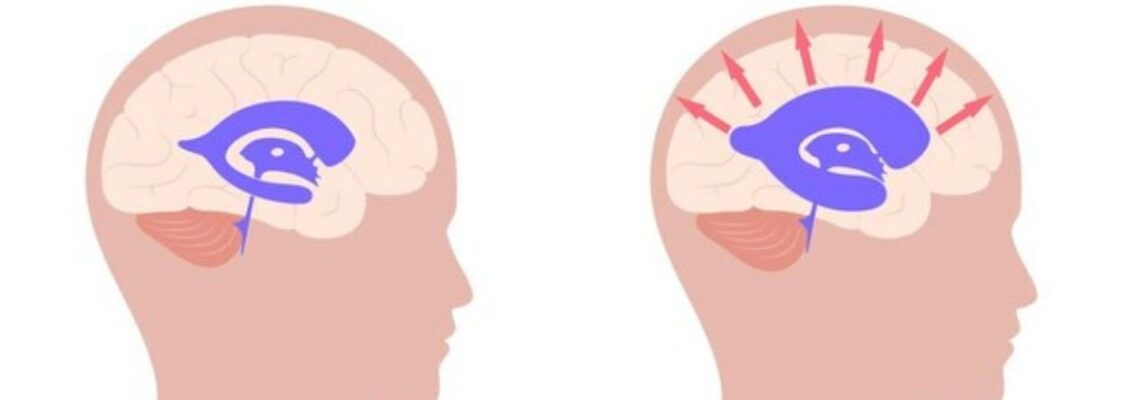
Hydrocephalus is a condition where fluid builds up in the skull and causes the brain to swell. This condition is also called ‘water in brain’ and the build-up is often caused by an obstruction in the proper circulation of the brain fluid which lead to accumulation of the cerebrospinal fluid in brain....

